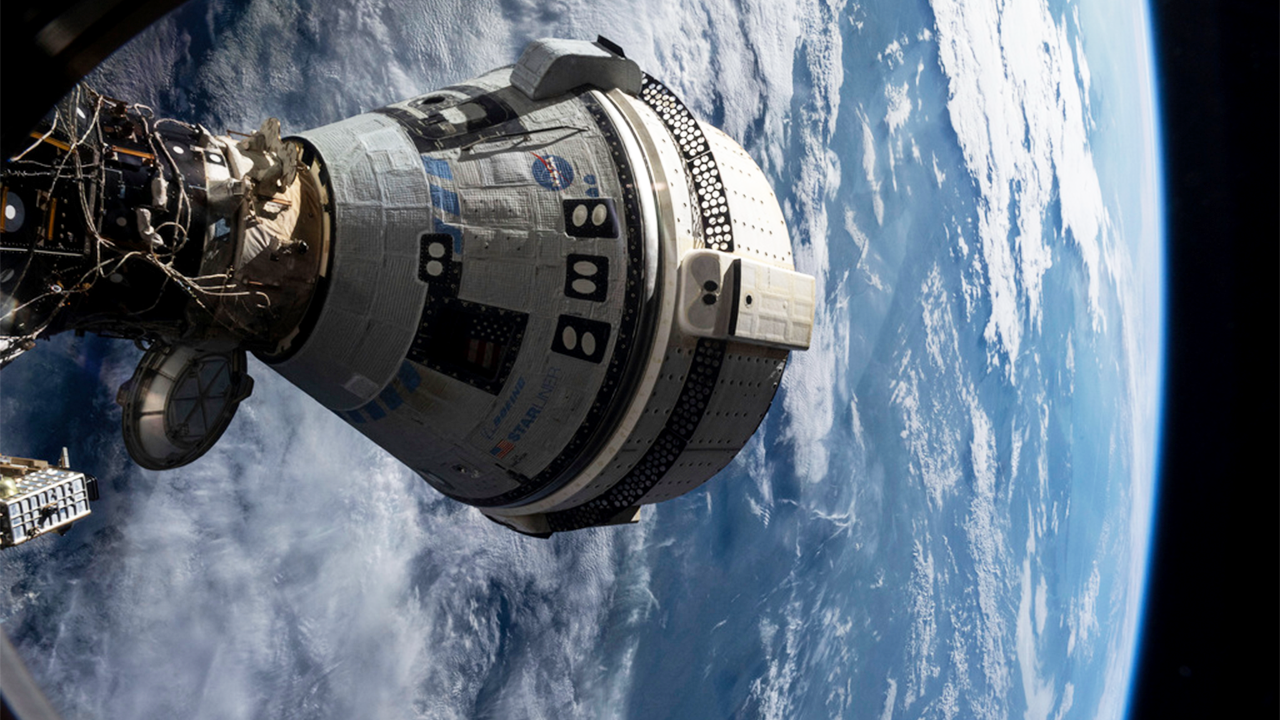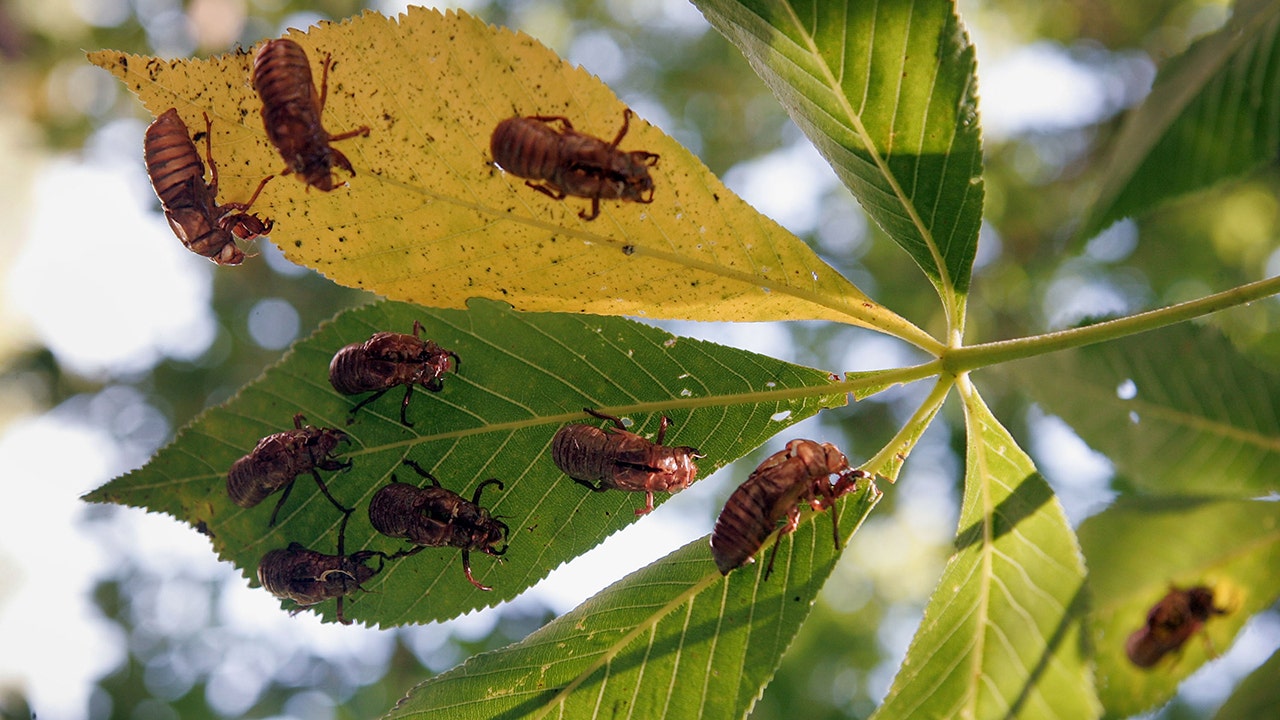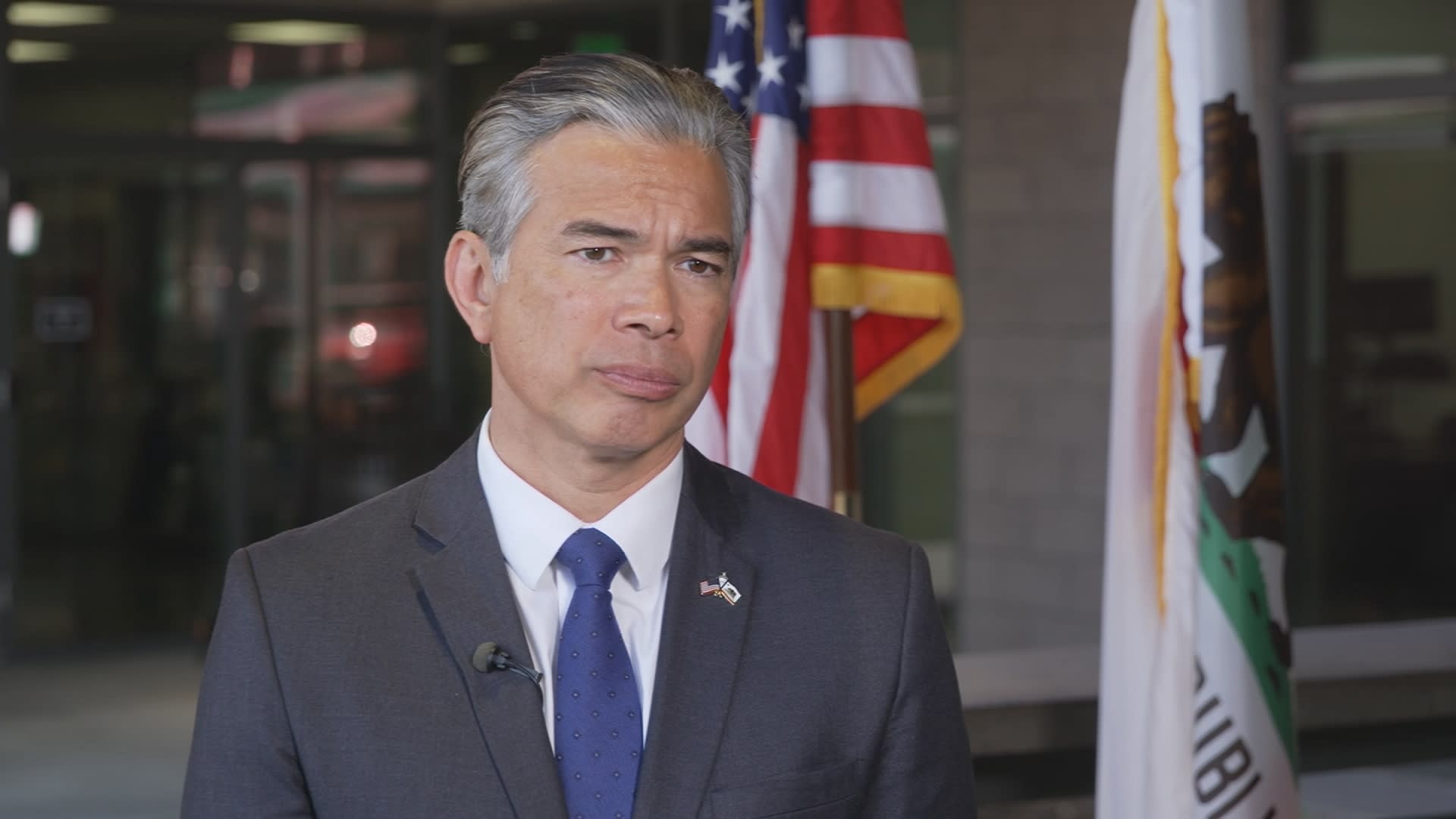Tallica Robson has always been a child who reaches for the stars.
The 10-year-old, who wants to be an astrophysicist, says her interest in the topic took off when she came across a book at school called The Mysteries of the Universe.
“I kept reading that book over and over again and studying it and then eventually I fell in love with space,” Tallica said.
Her parents looked into astronomy programs and discovered NASA’s Space Camp in Huntsville, Ala.
After completing a long application process, she was accepted.
“I was really excited, but part of me was also really scared and nervous because, well, I had never really been that far away from my parents for that long,” Robson said.
The camp, which will run for a week in August, immerses youths in training techniques using equipment created for NASA’s astronaut program.
The program is costly, so Tallica started making and selling “Space Sparkle” jewelry to help cover the costs of travelling to Alabama with her mother. She has sold her creations at events including the Cathedral Arts Festival in May, and to family and friends.
Tallica’s parents are doing everything they can to help her realize her dream. Her mom, Jodi Robson, is a baker by day and deals cards by night at Casino Regina.
“I think that it’s really important for her to know that there are no barriers,” she said. “If you want to do it, you can do it.”
She and her husband often wonder where Tallica gets her ambition at such a young age.
“I’m super proud of her. She’s been trying really hard with schoolwork, and she just never stops learning,” Jodi said. “She’s on Duolingo learning Spanish, Japanese, German and French, and it’s all entirely self-driven.”
Tallica Robson, who sees a connection between stellar nurseries and Indigenous stories about how people came from the stars, has been accepted into NASA Space Camp in Huntsville, Ala., where she will get the opportunity to train like an astronaut.
Earlier this year, Tallica got a chance to meet one of her role models, Laurie Rousseau-Nepton, the first Indigenous woman in Canada to earn a PhD in astrophysics.
“It felt like I could be the next one to do what I dreamed and what I loved,” Tallica said.
“This has opened up so many eyes for Indigenous youth to be what they want and fulfil their dreams.” she said.
Tallica has developed an interest in planetary nebulae — also known as stellar nurseries — swirling clouds of dust and gas where stars form.
She connects the science of nebulae with Indigenous stories about how people came from the sky and the stars. Since solar systems are formed from nebulae, we did in fact come from stardust, Tallica says.

Tallica says she is looking forward to space camp and meeting new people. She is especially excited about some of the simulations, such as 1/6th gravity chair that replicates gravity on the moon.
After the camp, Tallia says she plans to concentrate on science and physics in school and learn more about space.
“It just makes me feel like I’m who I want to be and no one can stop me,” she said.





